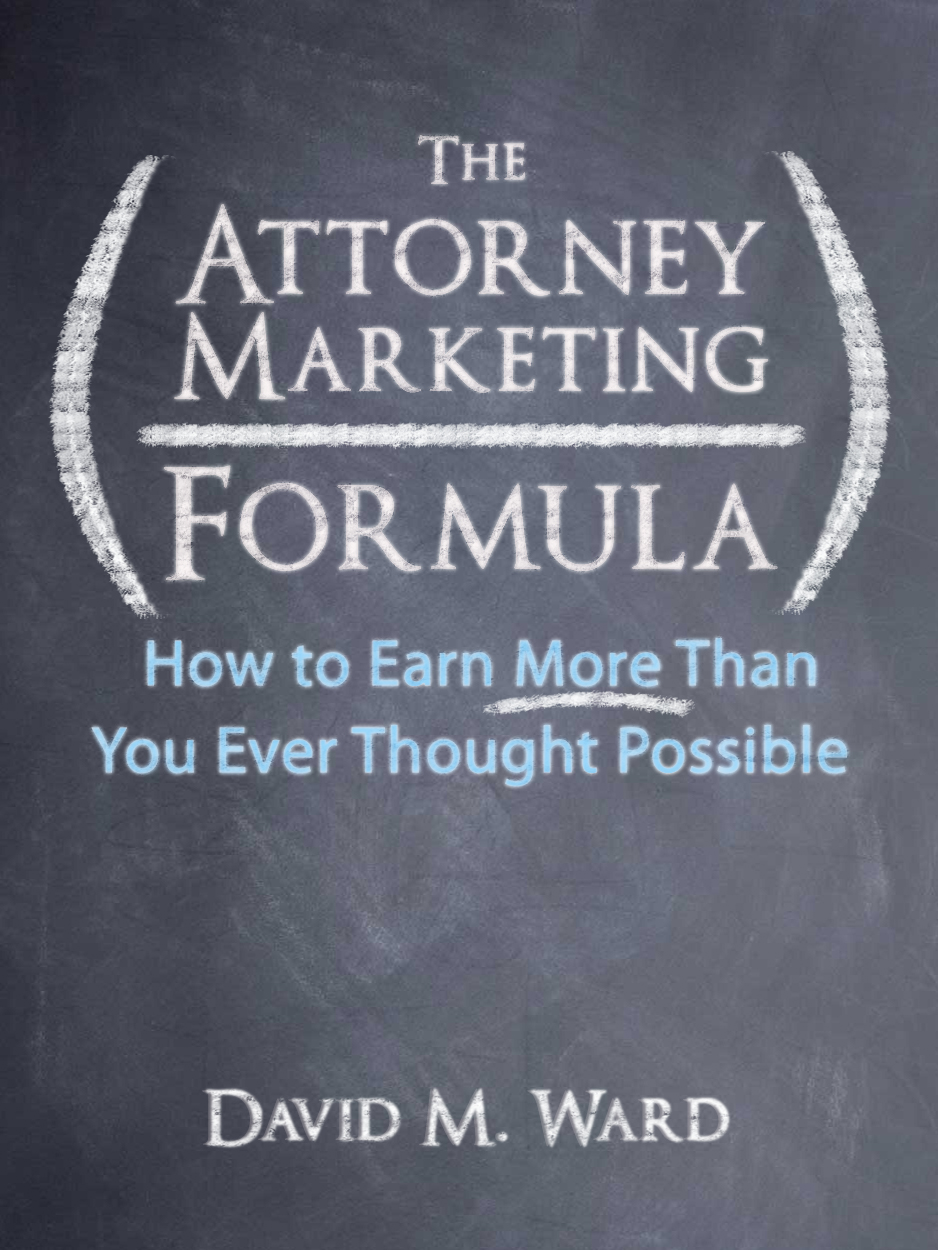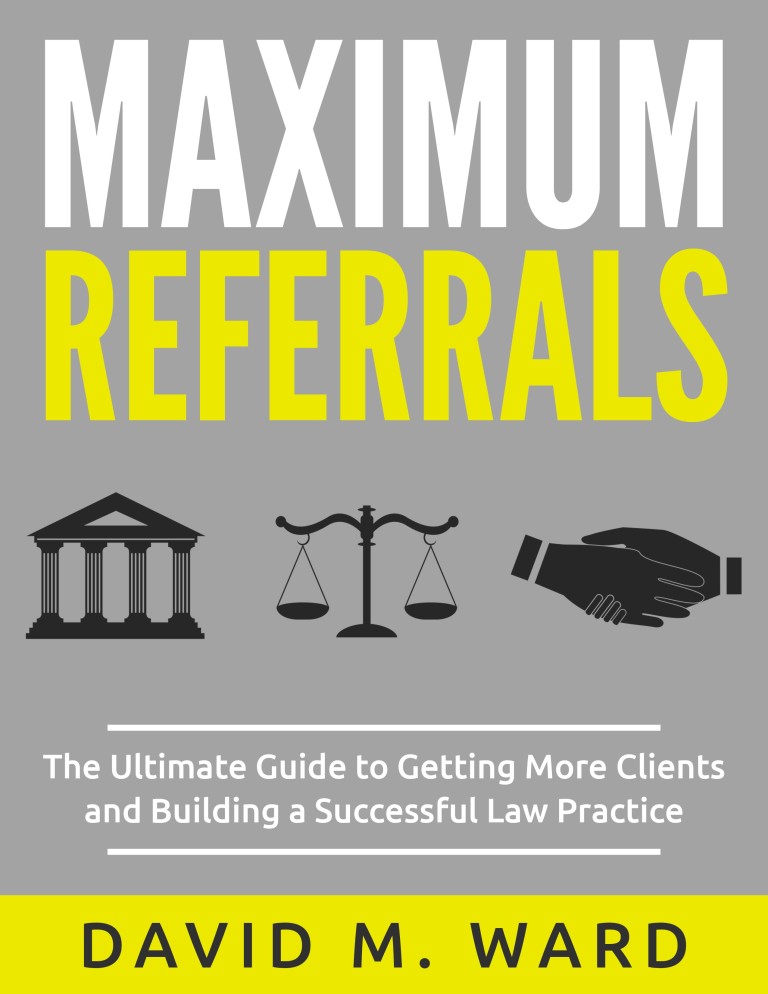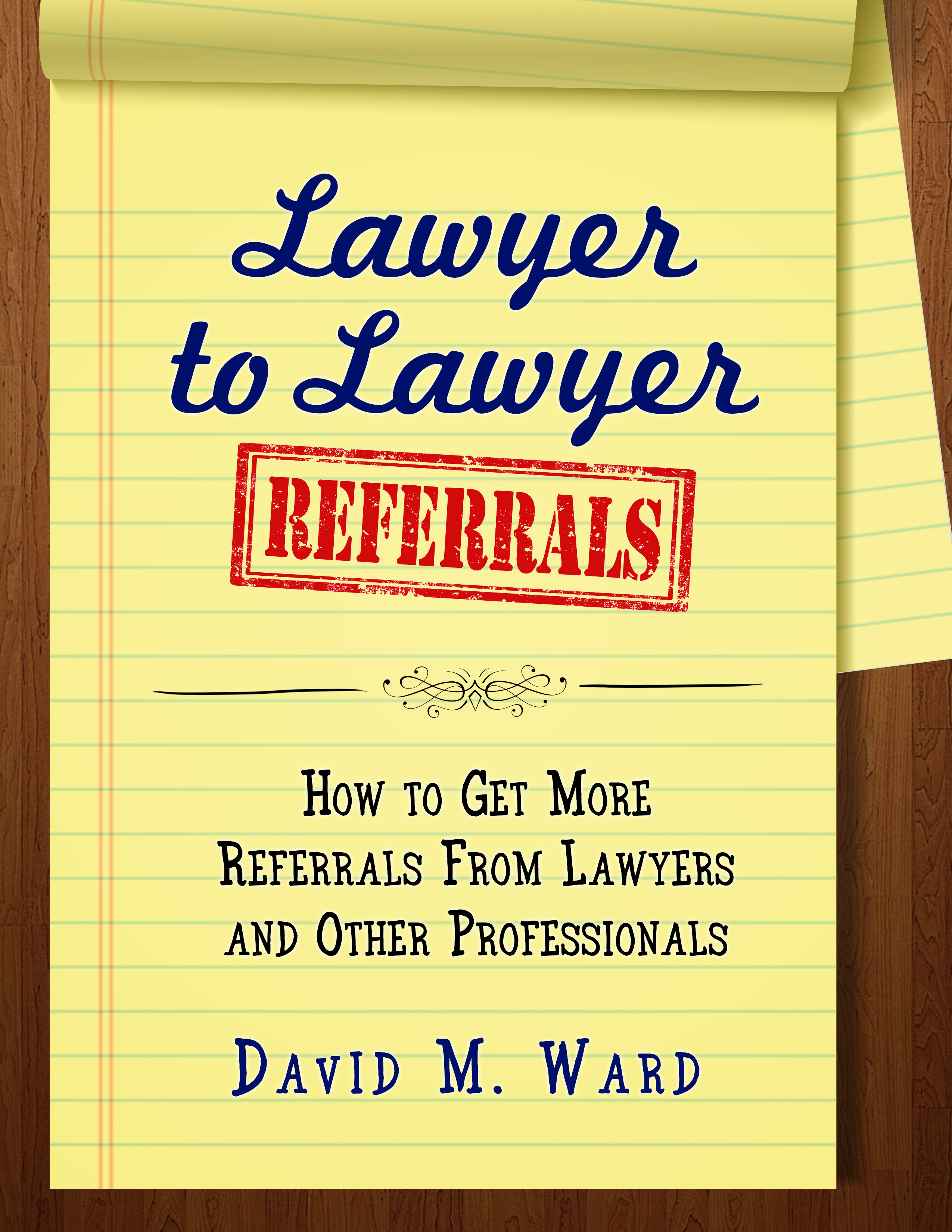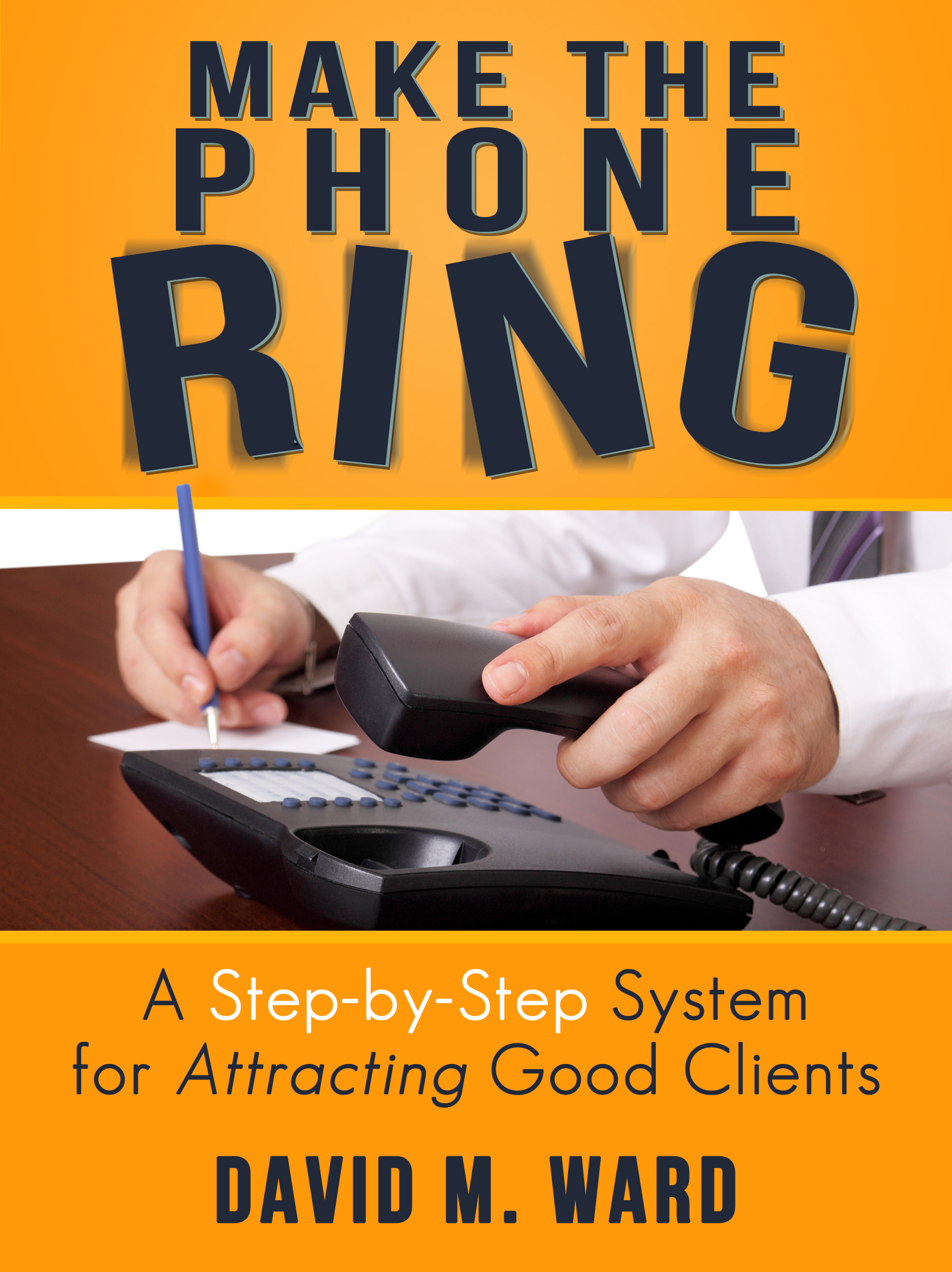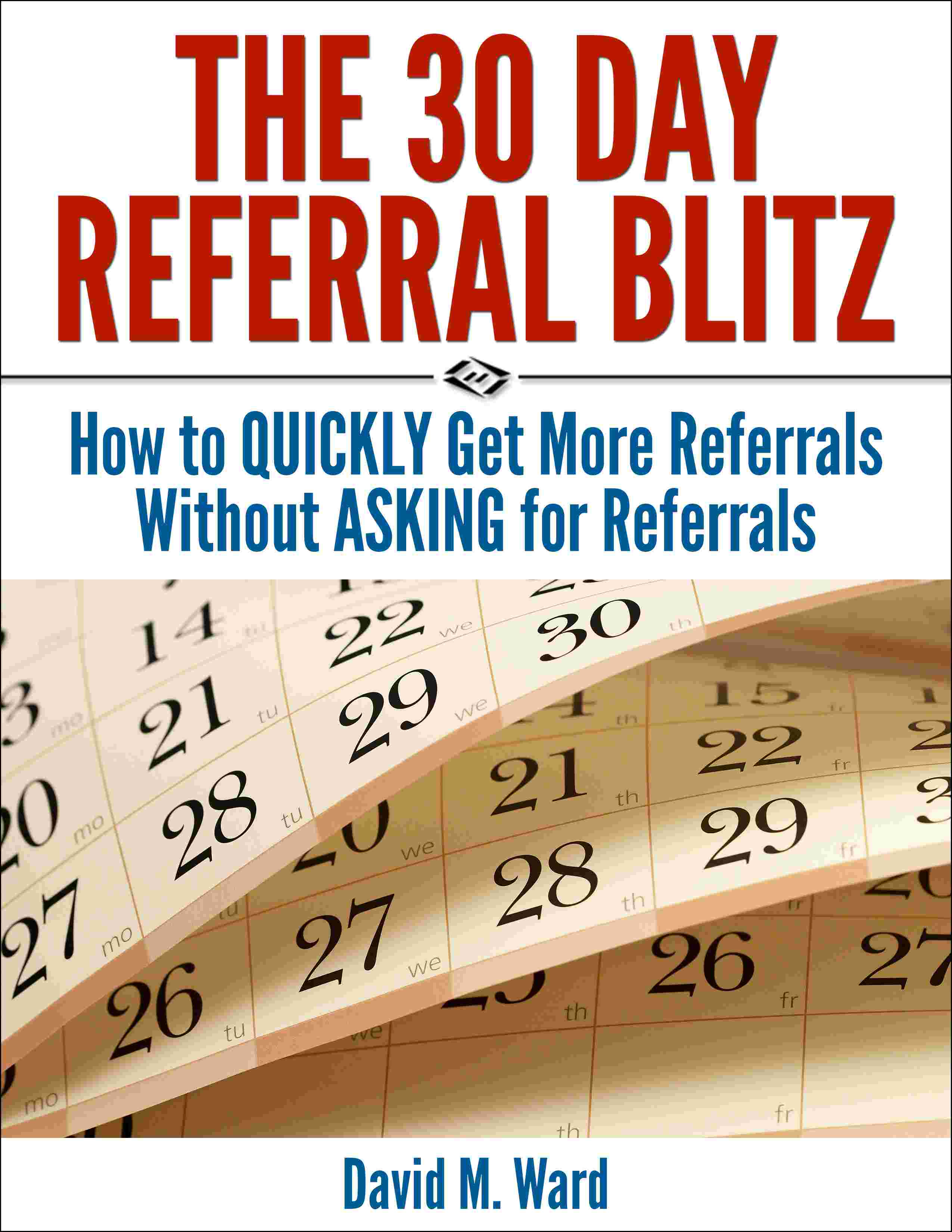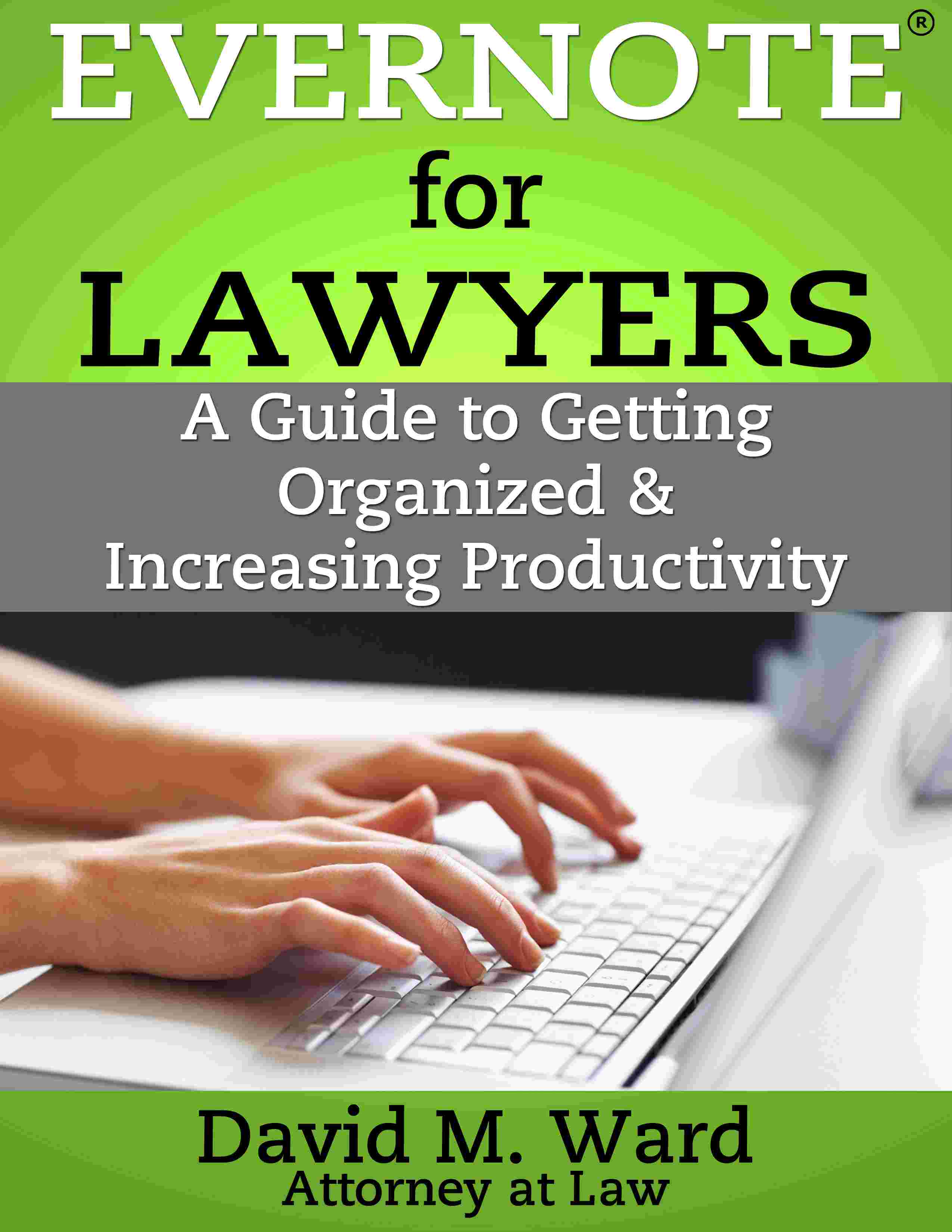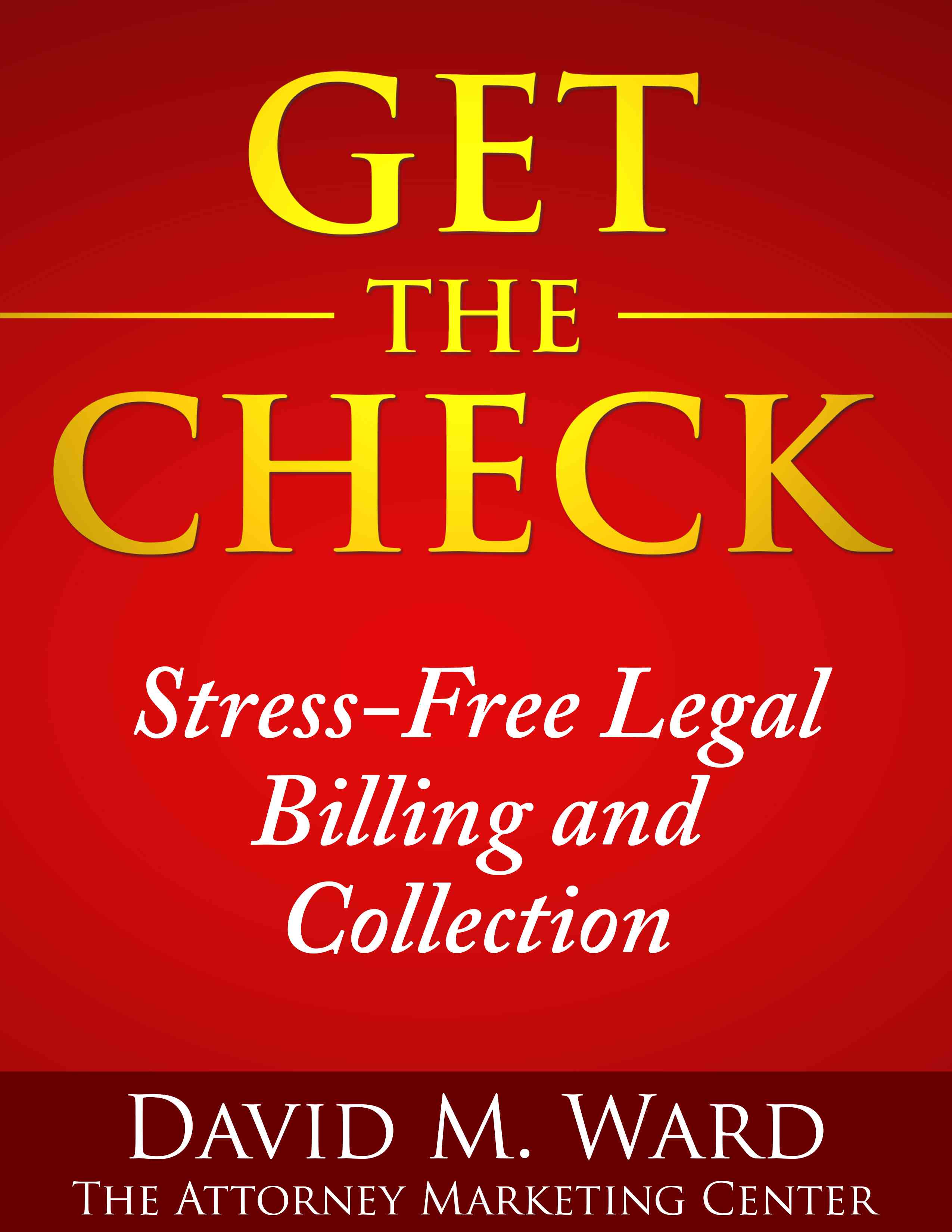An office handbook is typically created to provide employees with a set of rules and procedures for handling things like answering the phone, ordering supplies, opening and closing files, and more. If there’s a question about what to do, the staff doesn’t have to ask you or a co-worker, they can look it up.
It’s also a great tool for helping new hires and temps get up to speed.
Every lawyer should have an office handbook, even lawyers without employees.
If you’re making the rules and you’re the only one following them, why bother? No, not “just in case†you do hire someone, although that’s another good reason. You should create an office handbook because the process of doing so will force you to think about the best way to handle all of the bits and pieces of what you do.
As you create a checklist for preparing corporate or estate planning documents, for example, you’ll look for ways to do it more quickly and efficiently and minimize mistakes. You’ll find ways to save time, save money, eliminate duplication and waste, streamline your processes, get better at client relations, and otherwise run a tighter ship.
Writing an office handbook will help you earn more and work less.
When I started practicing and had only a few clients and no employees, I took the time to create intake forms, authorizations, form letters (representation, declining representation, thank you/welcome, etc.)
I also created a checklist for opening a new file. When I interviewed a new client, my forms made sure I asked them everything that needed to be asked and had them sign everything that needed to be signed. I was also able to put a welcome letter in the mail before the new client got to their car in the parking lot.
Without using a computer.
I was able to open and “work†new files without having to think about it because I had already done the thinking. When I eventually hired a secretary, training her was a snap.
If you don’t have an office handbook, you would do well to create one, but don’t try to do everything all at once. Start by taking inventory of the forms and letters you already use or have access to. Pick one and update it; then tackle another.
When you’ve gotten through all of the things you already use, dive in and create the ones you don’t, starting with the most important and valuable. Like a checklist for making sure there’s a fresh pot of coffee brewing first thing every morning.

